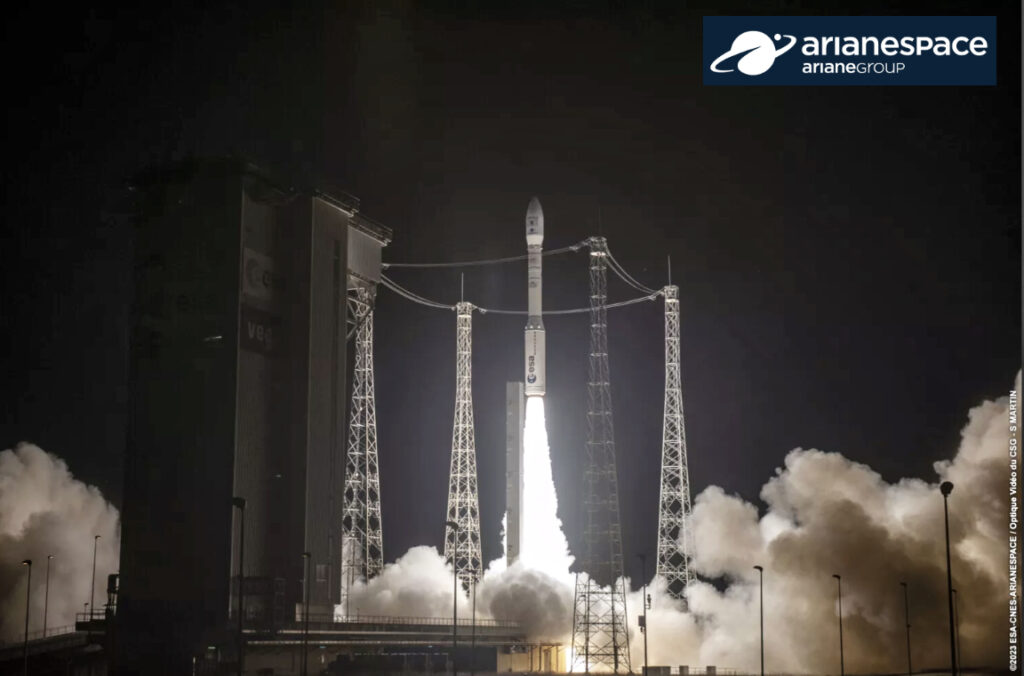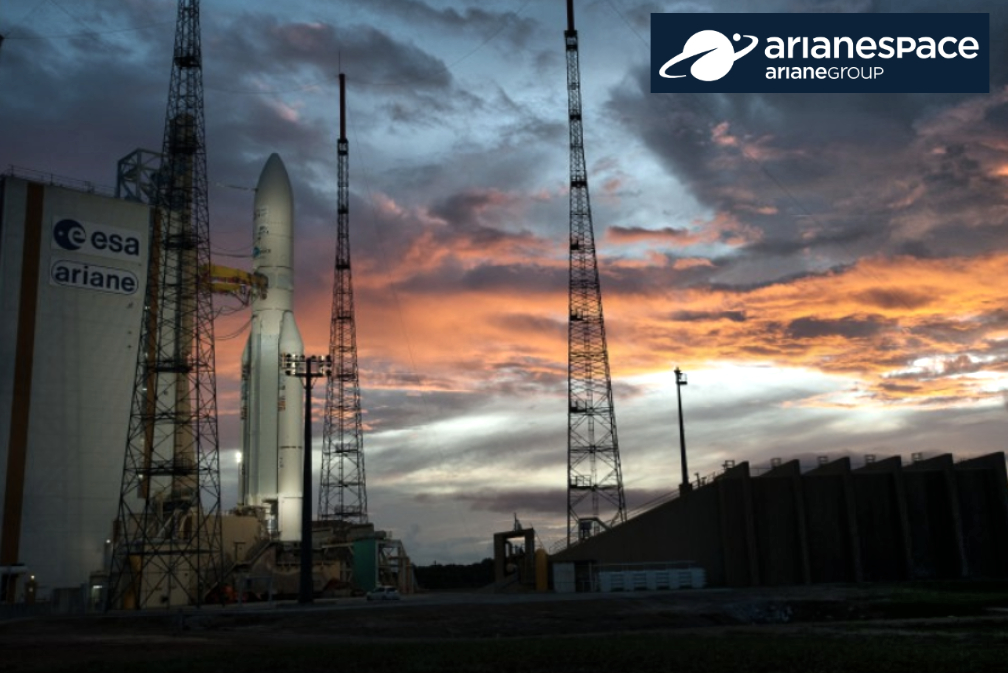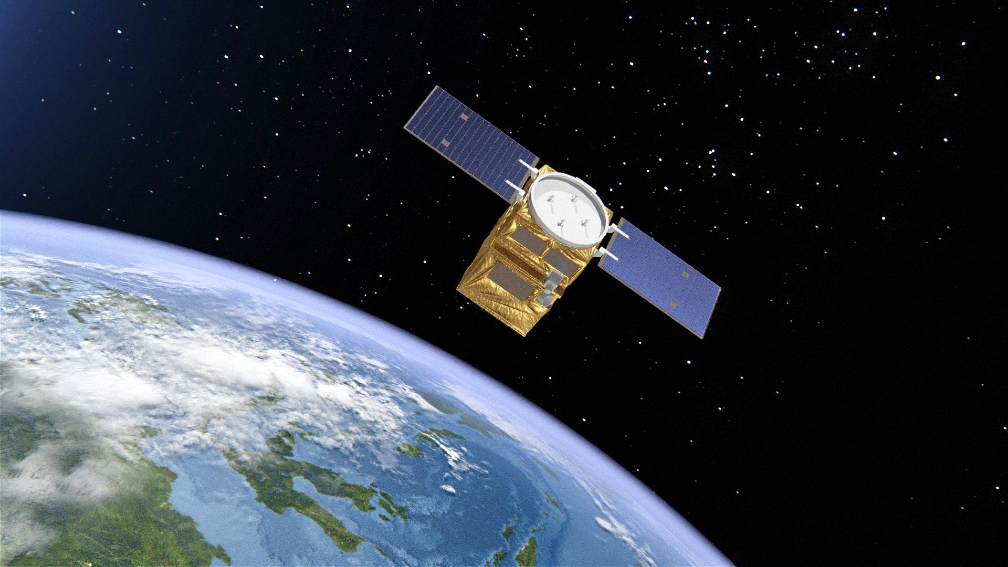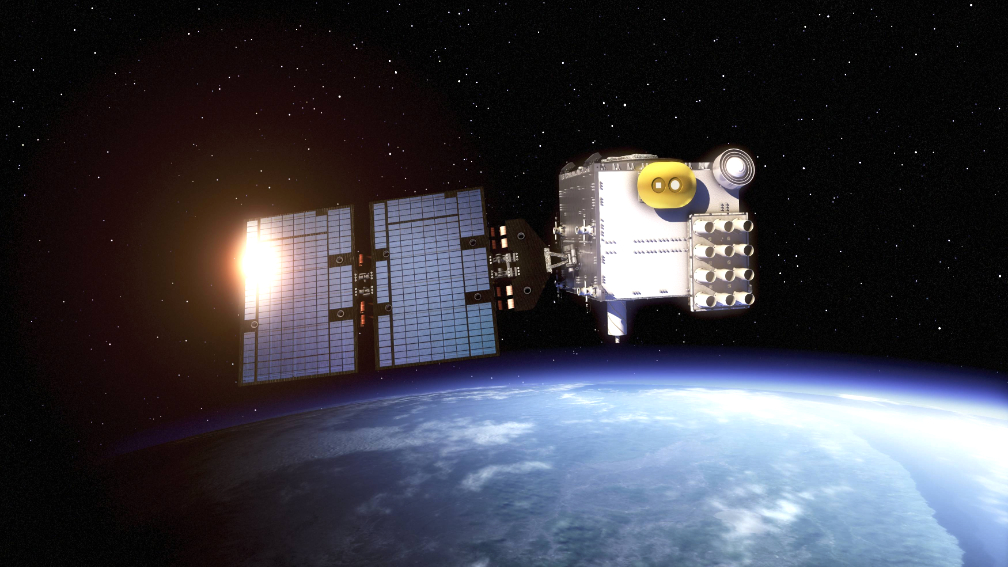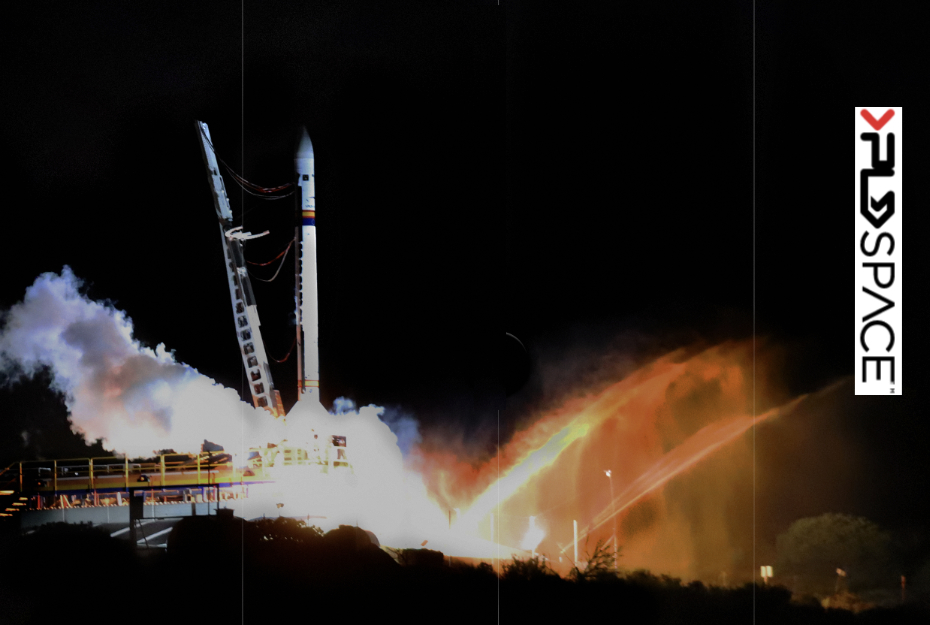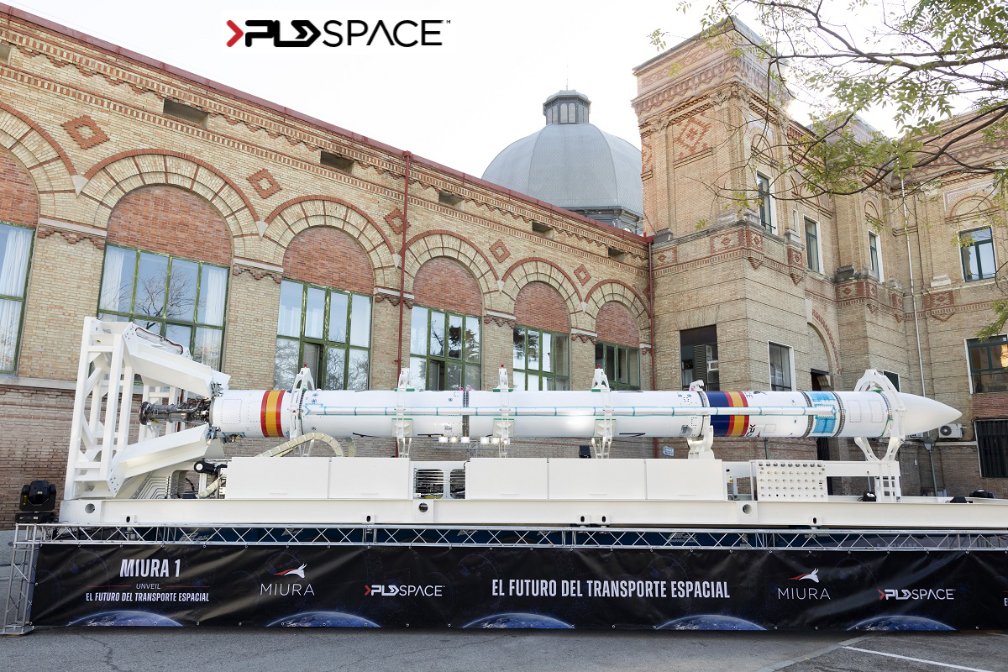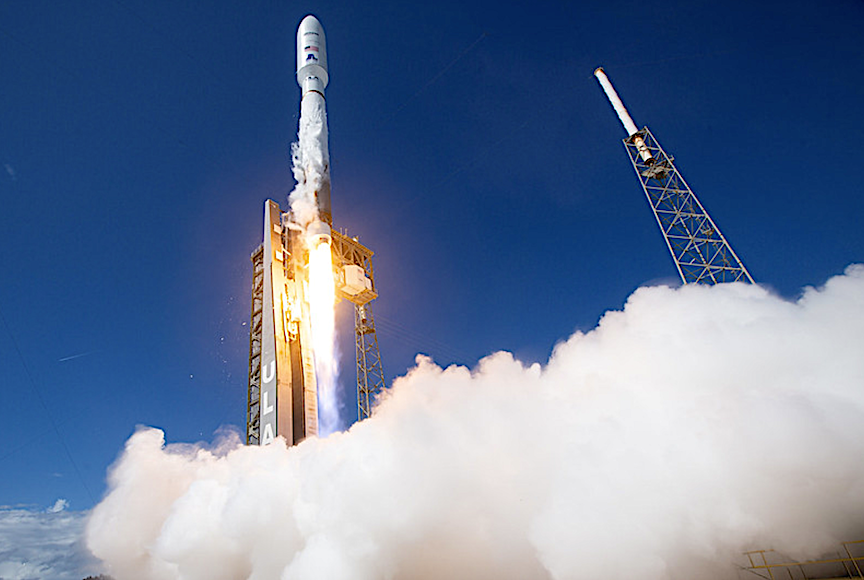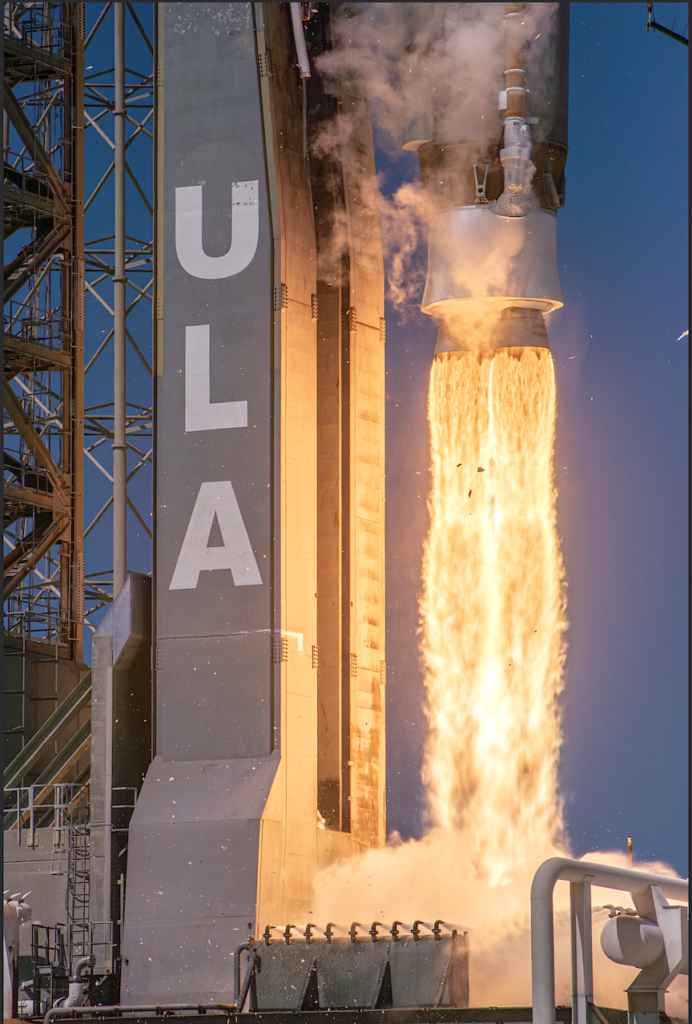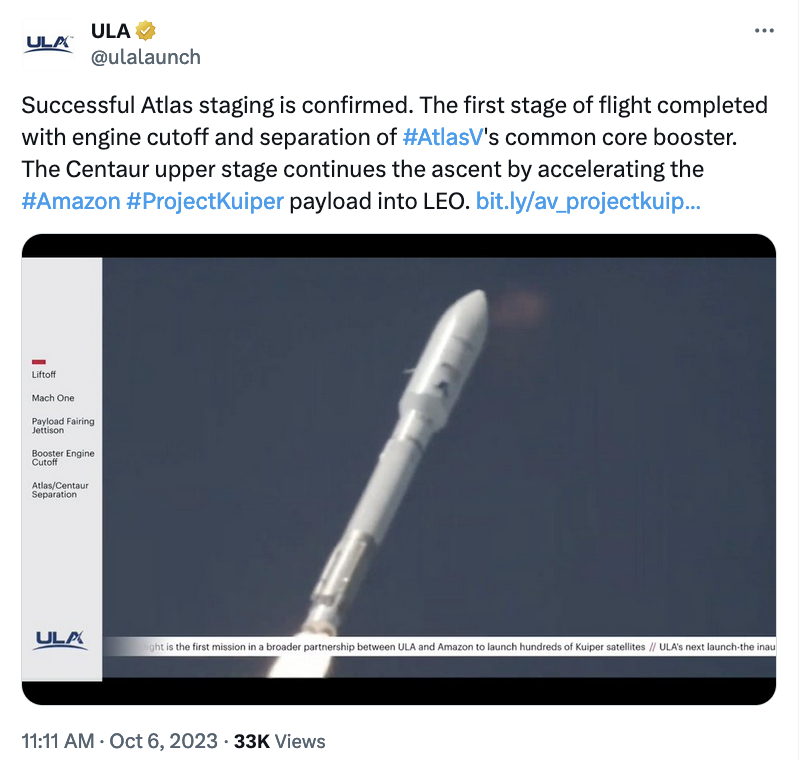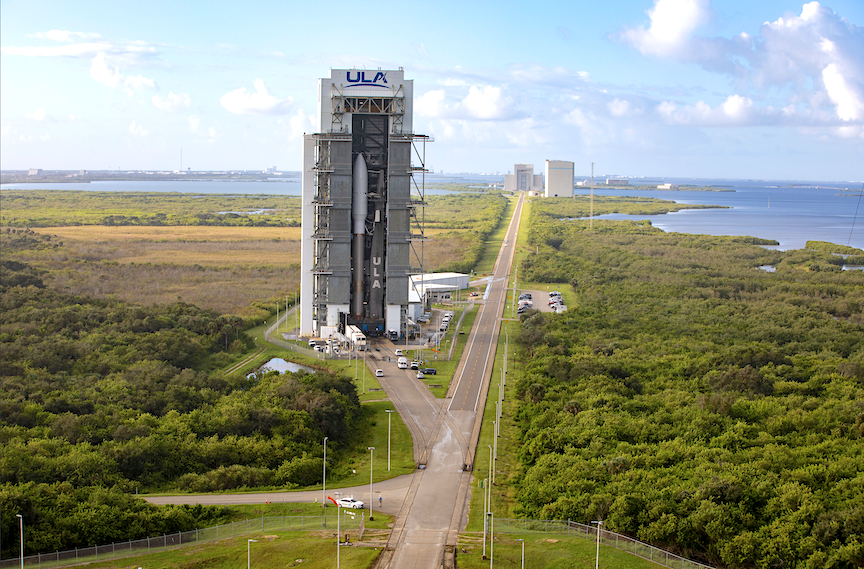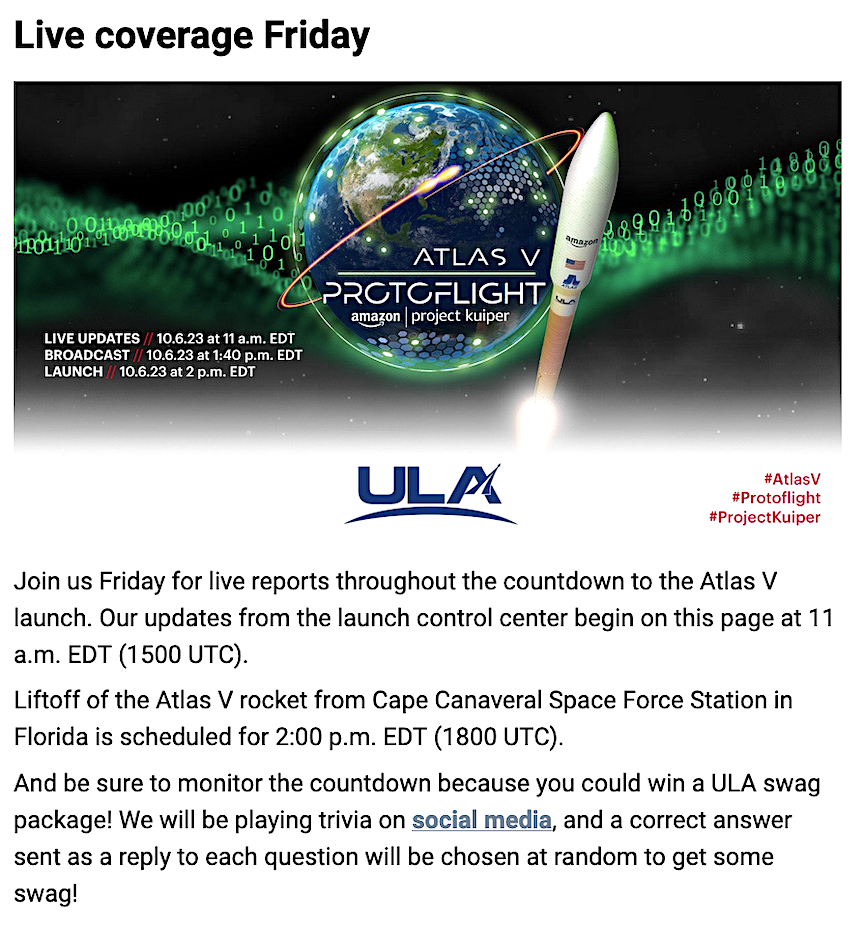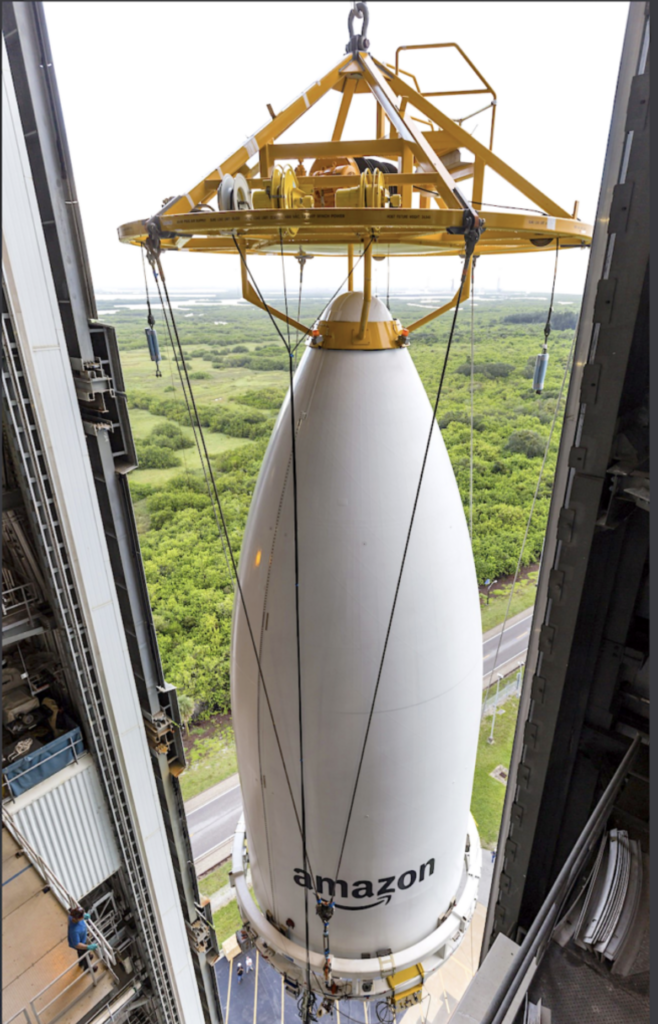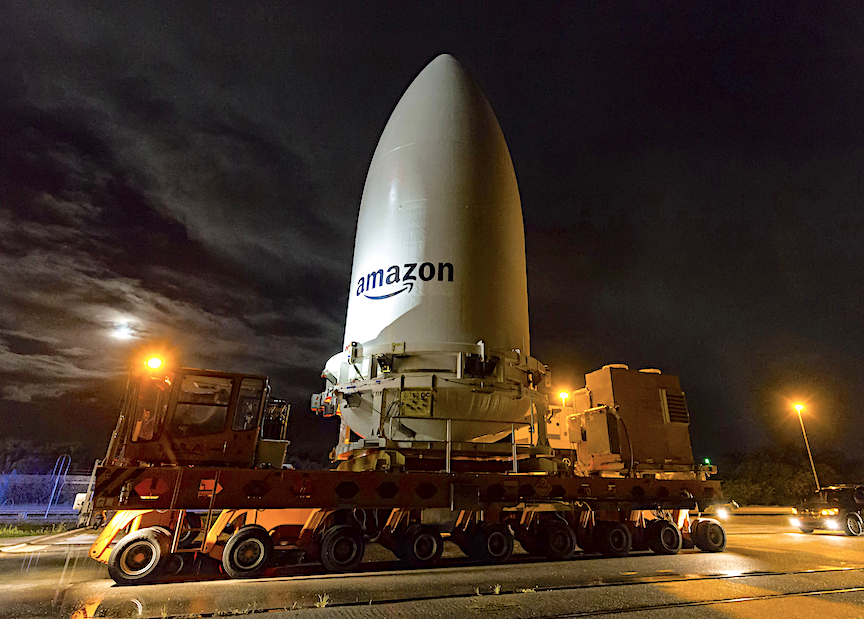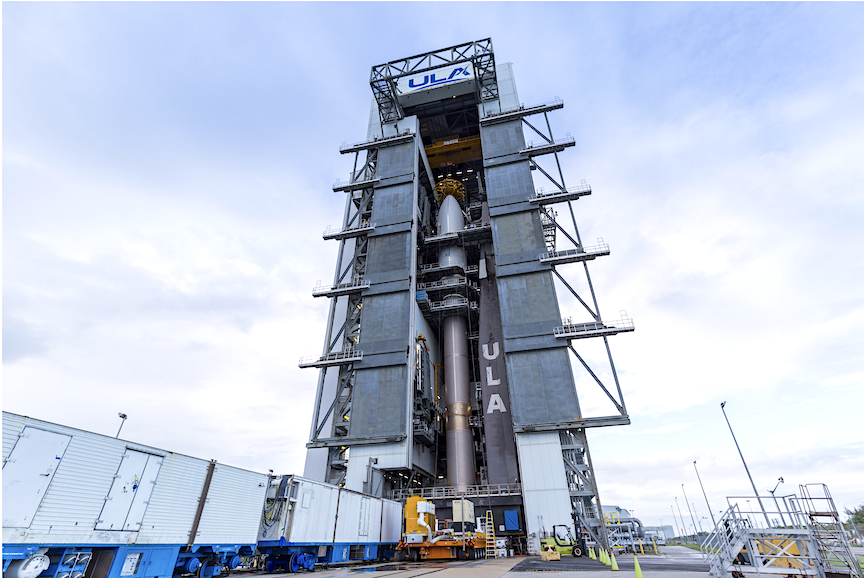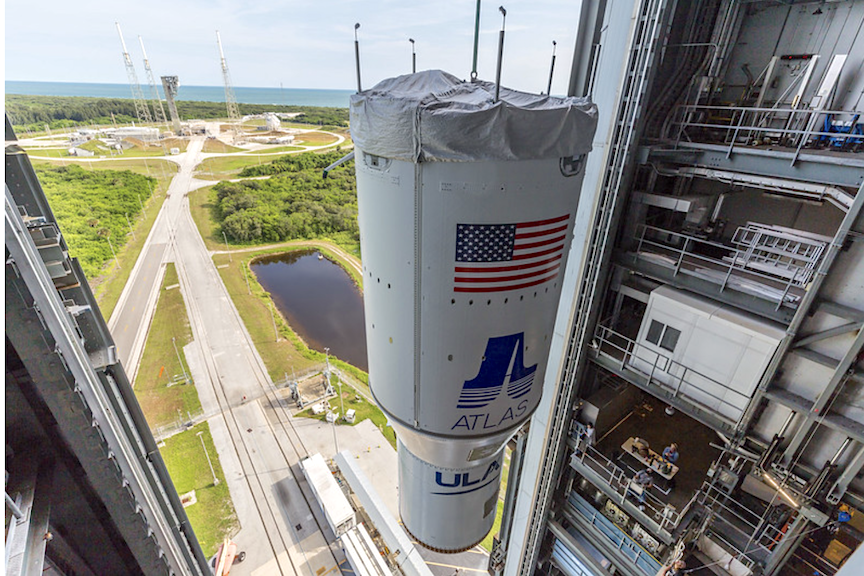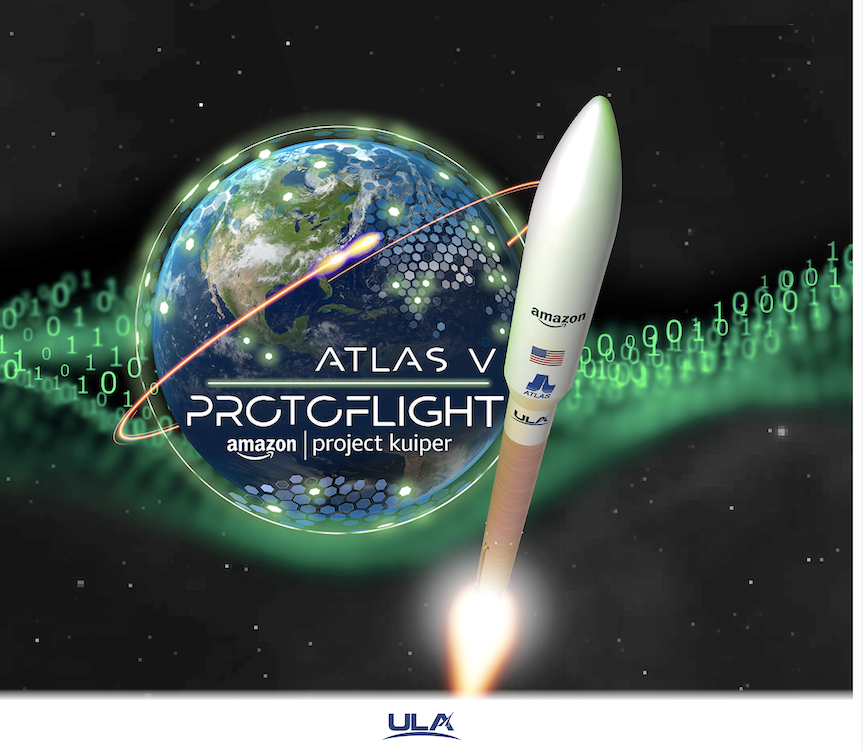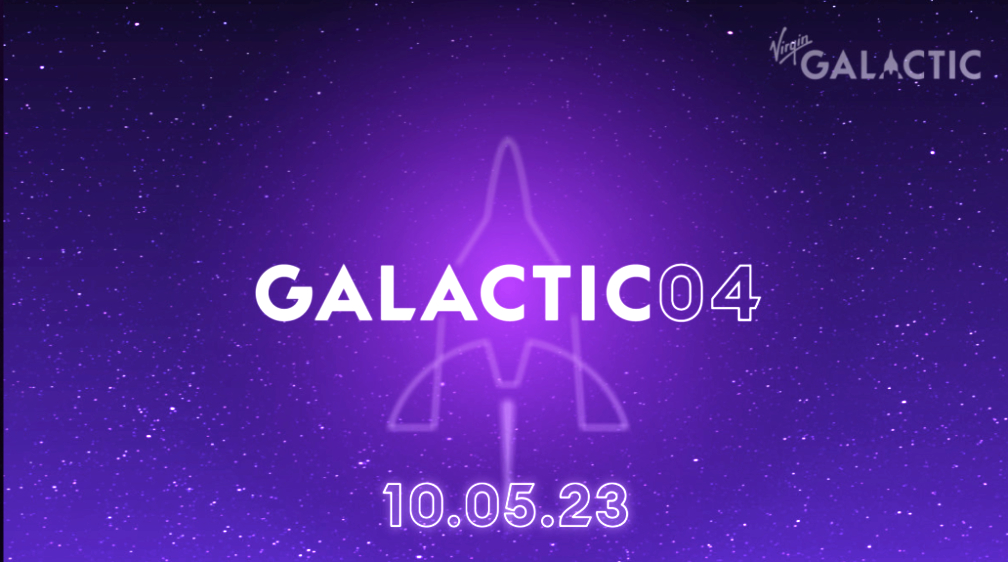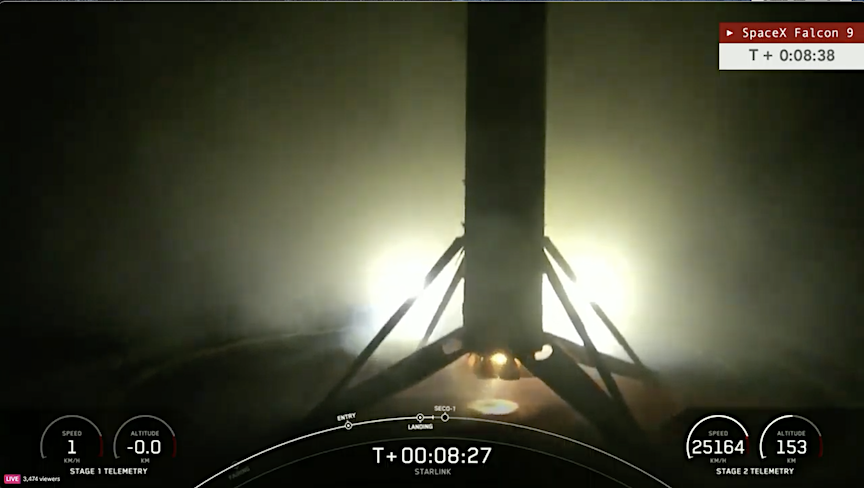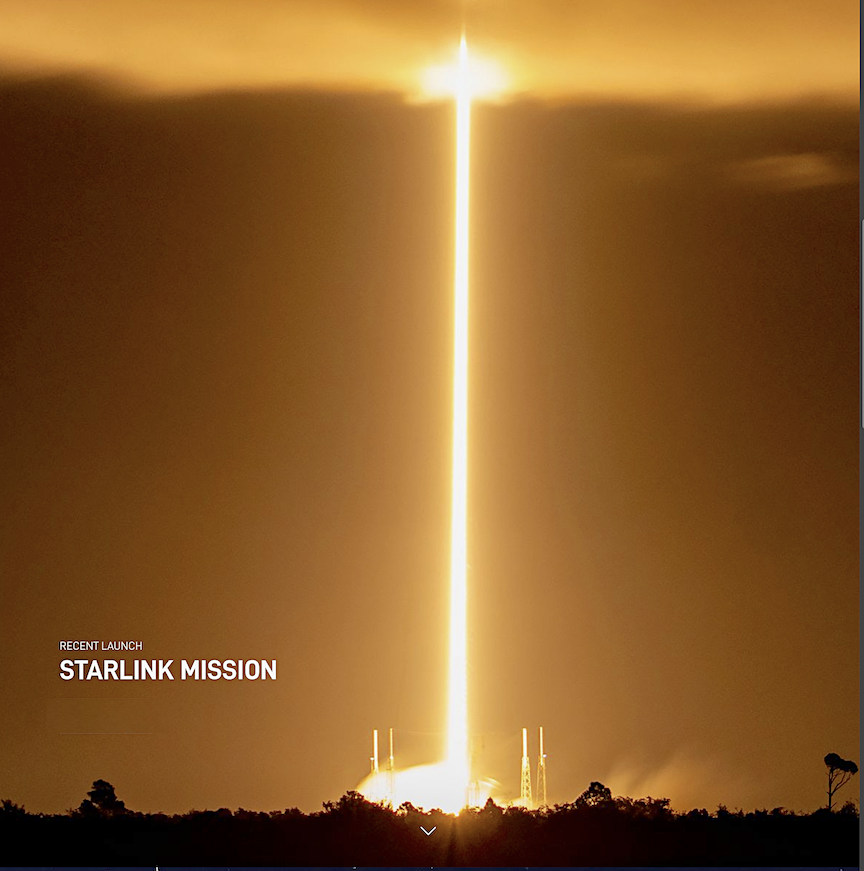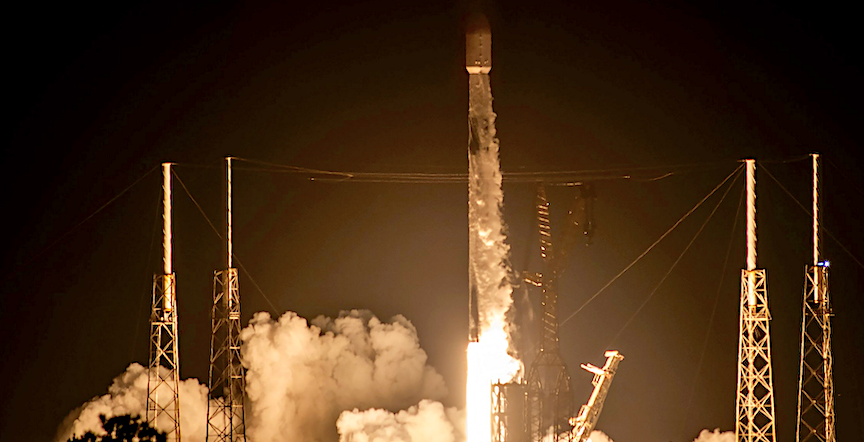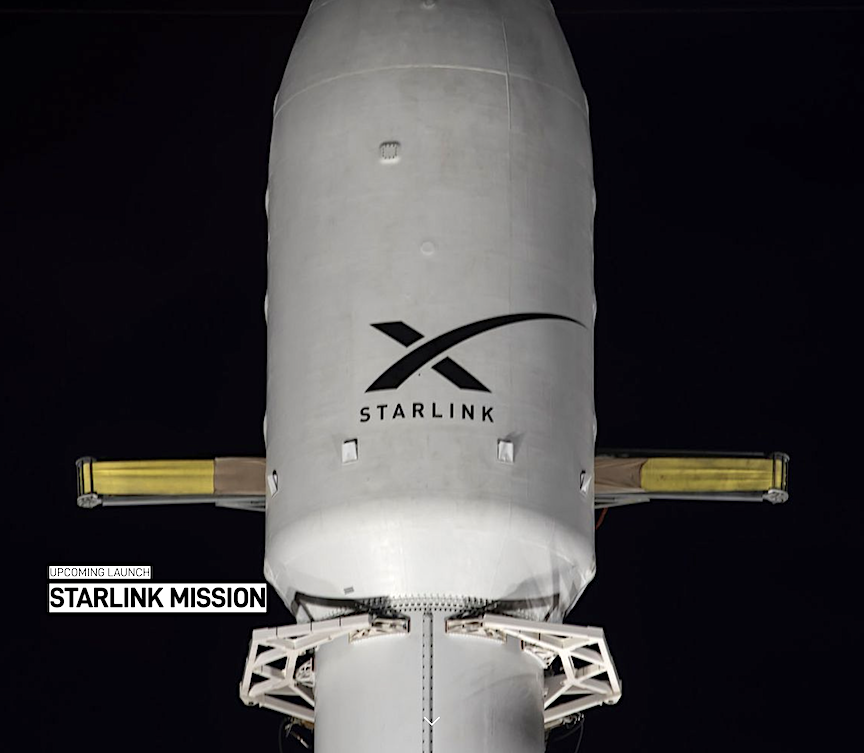
Space Flight Laboratory (SFL) is celebrating 25 years of building smallsats that provide big returns for commercial, government, and research clients — established in 1998, SFL has built 70 operationally successful satellites. recording 270 years on-orbit for dozens of distinct smallsat missions.
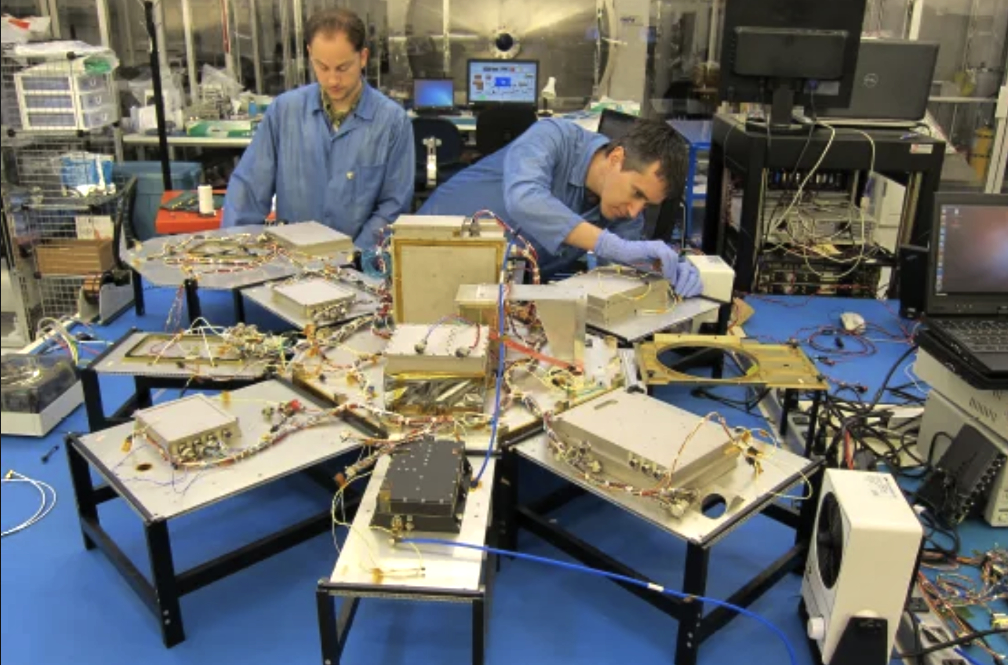
This year alone, the Toronto, Canada-based smallsat developer has seen 13 of the firm’s satellites launched and deployed, with another 26 satellites under development or awaiting launch. SFL’s record of accomplishments includes developing microspace missions for applications related to EO, atmospheric monitoring, ship tracking, telecommunications, RF geolocation, and space astronomy.
Pushing the envelope of what smaller satellites can accomplish, SFL has achieved microspace breakthroughs in space technology miniaturization including advanced attitude control for precise sensor pointing, drag sail deorbiting, autonomous formation flight, modular power systems, and custom deployables (e.g., antennas, solar panels, instrument shutters and doors) for small spacecraft.
Notable SFL missions include the following:
- HawkEye 360 Commercial Constellation – SFL has developed 18 formation-flying radio frequency geolocation microsatellites and guided integration of three others by HawkEye 360, all launched since 2018. Additional three-satellite clusters are under development at SFL’s Toronto headquarters and at HawkEye 360’s U.S. facility under SFL’s Flex Production Program.
- GHGSat Commercial Constellation – Since 2016, SFL has developed nine greenhouse gas monitoring microsatellites, achieving remarkably precise attitude control and sensor pointing for the commercial GHGSat of Montreal, in addition to sustained detection and measurement of methane emissions at double the design capacities of the satellites.
- Telesat LEO 3 Communications Microsatellite – Built on SFL’s scalable and versatile DEFIANT platform, this 30 kg demo spacecraft was launched in 2023 and will provide continuity for customer and ecosystem vendor testing campaigns following decommissioning of Telesat’s Phase 1 LEO satellite.
- NEMO-HD Earth Observation (EO) Microsatellite – Built at a fraction of the cost of a traditional EO spacecraft, Slovenia’s first satellite captures 2.8-meter multispectral optical imagery and high-definition video used in a variety of applications since its 2020 launch.
- Commercial Communications Constellation – Eighteen CubeSats have been deployed on orbit and are successfully operating using the SFL 6U-XL SPARTAN design for a Toronto-based company.
“For 25 years, SFL has focused on developing quality smaller satellites that achieve high levels of performance at price points affordable for customers in all sectors. By adhering to rigorous microspace development practices, we have stood the test of time, becoming a leading innovator of small satellites and cutting-edge technologies.”At SFL, we have built our reputation on developing smaller satellites that not only work the first time but exceed expectations both in terms of operational performance and lifespan.” — Dr. Robert E. Zee, Director, SFL
SFL offers a complete suite of nano-, micro- and small satellites – including high-performance, low-cost CubeSats – that satisfy the needs of a broad range of mission types from 3 to 500 kilograms. For a comprehensive list of SFL high-performance satellite platforms, please visit www.utias-sfl.net/satellite-platforms/overview/.

